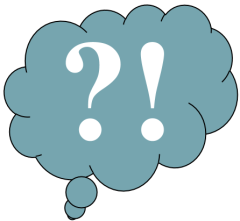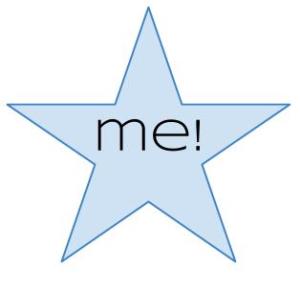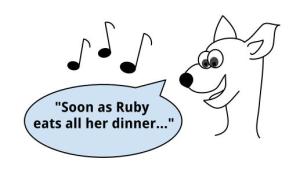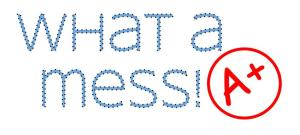STORY FROM A MOM
 It’s been about a year since we played with “Here is the Beehive” in music class, but one three-year-old surprised her mom this summer and started chanting it in the backseat of the car. “Out of the blue, she started doing this,” her mom wrote to me in an email. Even though this preschooler’s parents do a lot of singing with their daughter, they’ve not chanted about those bees very much since last Fall; she simply unearthed it from her brain’s music archives all on her own. The music that children absorb early in life becomes a sort of “developmental playlist” that they can access when they’re ready — they spontaneously pull out songs from this list and sing/play with them to practice skills they’ve already mastered and explore new concepts that their developing brains are now ready to learn.
It’s been about a year since we played with “Here is the Beehive” in music class, but one three-year-old surprised her mom this summer and started chanting it in the backseat of the car. “Out of the blue, she started doing this,” her mom wrote to me in an email. Even though this preschooler’s parents do a lot of singing with their daughter, they’ve not chanted about those bees very much since last Fall; she simply unearthed it from her brain’s music archives all on her own. The music that children absorb early in life becomes a sort of “developmental playlist” that they can access when they’re ready — they spontaneously pull out songs from this list and sing/play with them to practice skills they’ve already mastered and explore new concepts that their developing brains are now ready to learn.
I see this in my own children, too. In my classes this Fall, as we do the Flute collection, we’ll be singing “Shake Those ‘Simmons Down.” That happens to be one song that my now-13-year-old has spontaneously sung over the years, often wondering out loud, “Where did that song come from?” Way back when he was a one-year-old, we did the Flute collection in our first semester of Music Together, so “Shake Those ‘Simmons…” was a song we listened to and sang over and over again. As a result, I like to think that he has a special section of his brain dedicated solely to this song (when he was about 7, he changed the words a bit and all of a sudden “Shake Those ‘Simmons…” became a gospel anthem).
You can help your child build her own playlist by exposing her to as much music as possible early in life — and while recorded music is lovely, it’s the live music that you make that will have the most impact (so go ahead and turn on your iPod…just sing along out loud!). One day, your child will pop out with a song seemingly from nowhere, and you’ll know that it’s been tucked away, waiting for that moment for your child to start making it her own.




